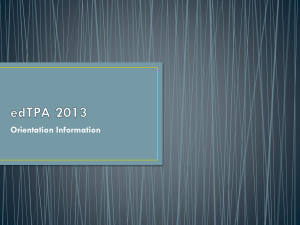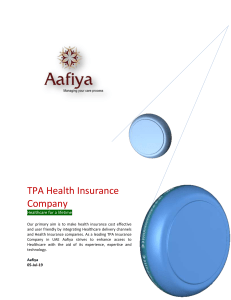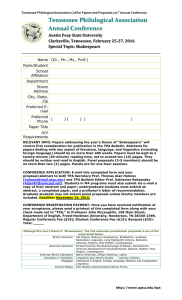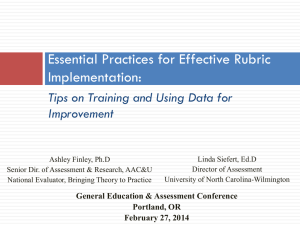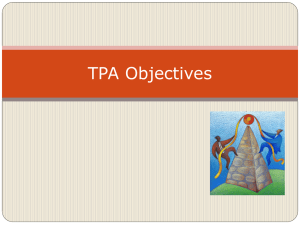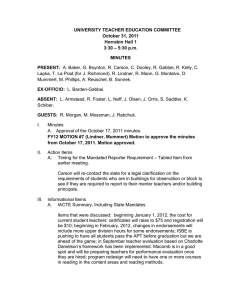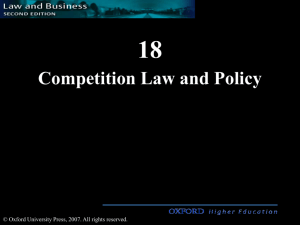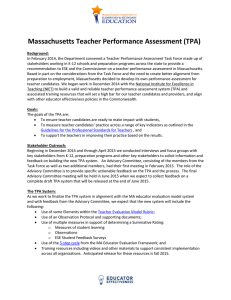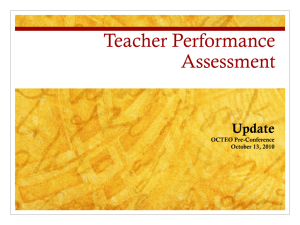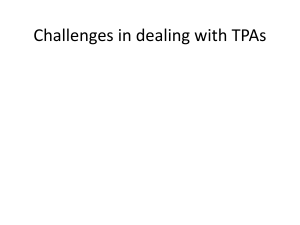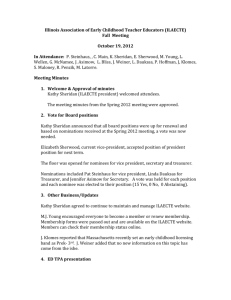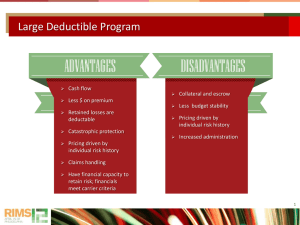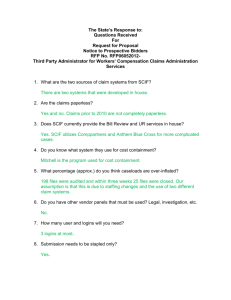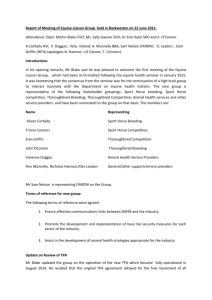Lisa Borgerding and Joanne Caniglia
advertisement
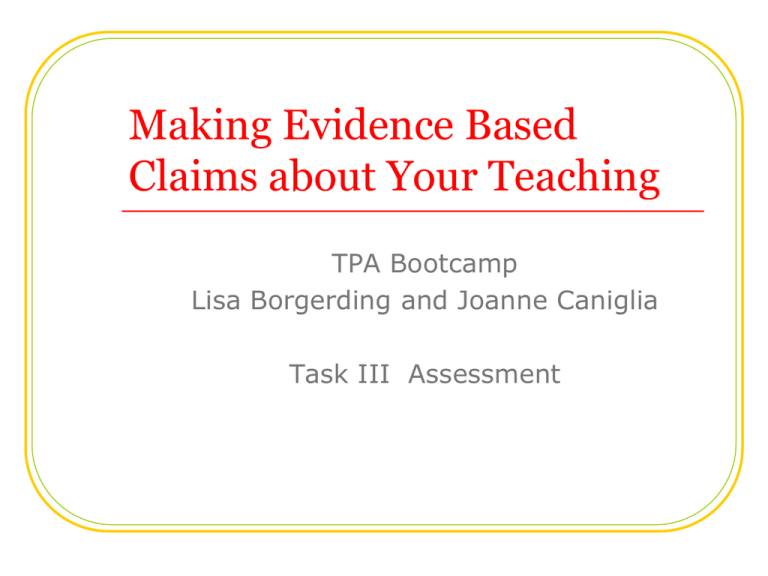
Making Evidence Based Claims about Your Teaching TPA Bootcamp Lisa Borgerding and Joanne Caniglia Task III Assessment Which Tasks Require You to Make Claims? You are expected to analyze your students thinking and learning in edTPA Task 3. You must support your explanations by citing specific evidence from video clips and/or student work samples. Which is more convincing? A. Most of my students did well on the project B. As shown in the pie chart, 70% of the students attained Level 3 or 4 scores on the project. YOU NEED EVIDENCE Types of Assessment When Assessment and Instruction are interwoven, it benefits both teacher and student. Summative Assessment— Assessment OF Learning. PreAssessmentWhat do they already know. Formative Assessment— Assessment FOR Learning. Pre Assessment Ideas KWL Charts Graphic Organizers Pre-test Response Cards Student Discussions/ Think/Pair/Share Show of hands/EPR (Every Pupil Response) Standardized Test Data Teacher Observation Writing Prompts Writing Samples Formative Assessment Cooperative Learning Activities Exit Cards Concept Maps Interviews KWLs Questioning Oral Presentations Learning Logs Summative Assessment Benchmark Test Chapter Test Unit Test Performance Task Product/Exhibit Demonstration Portfolio Review Look for Themes Item Analysis Pre/Post Rubrics Take questions from parents. Ask parents to fill out a questionnaire about their child. Have them describe areas in which they would like to see their child improve. Have them describe their child's personality, interests, and talents. Rubrics Rubrics must match objectives Make sure your claims are based on the rubric.. Representing Your Data Using Numbers When you have class scores to report, be sure to use appropriate & relevant statistics Average Standard deviation Range of scores Using Graphs/Charts When do you use a… Bar graph Pie chart Narrative • Use direct quotations from students’ papers and from video • Be sure to reference where in the video/assessments you obtained quotes. • Do NOT identify students • Be SPECIFIC ABOUT EXAMPLES Tips and Tricks for the TPA Outline your writing – what are your major claims about your students’ performance for each rubric? What evidence do you have to support your claims? More edTPA Tips Make it obvious for your reviewers which aspects of the TPA rubrics you are addressing. To do this: (1) Use the same language used in the TPA handbook. (2) Refer to specific elements present in the rubrics. Tips for TPA Report for the whole target class as well as the 3 focus students. 3-2-1 Turn to a person and tell them: 3 types of assessment 2 ways to use evidence in your TPA 1 thing that you learned that you’ll use this semester.

